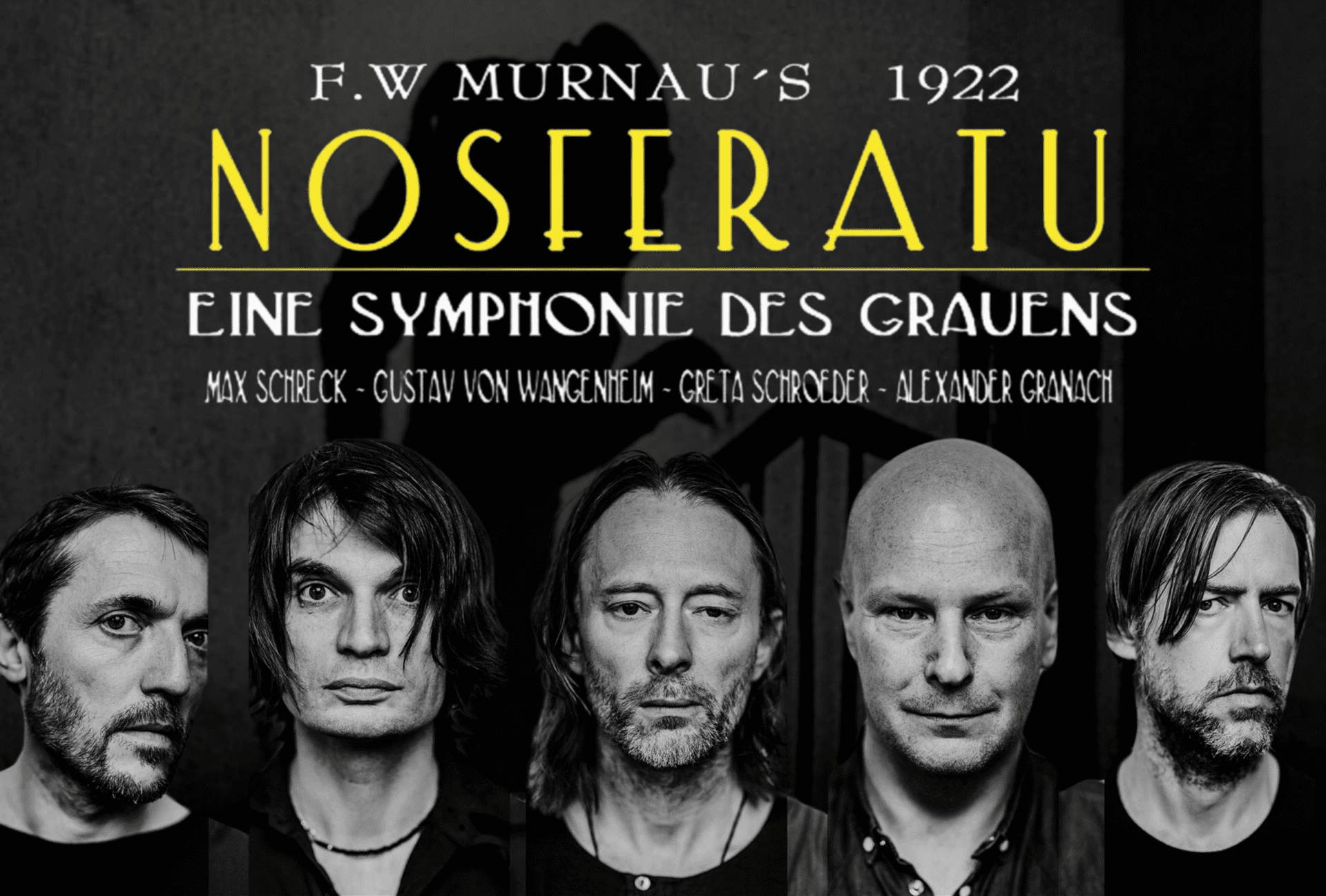Radiohead has ventured into the realm of silent cinema by scoring a screening of F.W. Murnau’s Nosferatu. This collaboration blends the innovative sound of one of modern music’s most influential bands with a classic piece of early cinema, offering a fresh experience for audiences.
Released in 1922, Nosferatu is a defining work in the horror genre. An unauthorized adaptation of Bram Stoker’s Dracula, the film is celebrated for its haunting visuals and the eerie portrayal of Count Orlok, a vampire whose presence still chills audiences a century later. As a silent film, Nosferatu relies heavily on music to convey its atmosphere, and Radiohead’s involvement brings a contemporary dimension that enhances the film’s original unsettling mood.
Radiohead’s atmospheric and experimental music is a natural fit for the dark themes of Nosferatu. Drawing from their diverse body of work, including albums like Kid A and A Moon Shaped Pool, the band’s score adds depth to the film’s intense visual experience. Their ability to create music that resonates emotionally is expected to heighten the tension and unease inherent in Nosferatu, providing audiences with a richer, more immersive viewing.
This screening, accompanied by Radiohead’s score, stands as a significant cultural event, merging the worlds of film and music. It offers a unique opportunity to experience a classic piece of cinema in a new light, with Radiohead’s sound bringing modern relevance to a century-old masterpiece. The collaboration between Radiohead and Nosferatu not only enhances the original film but also provides a fresh perspective that speaks to contemporary audiences.
Radiohead’s work on Nosferatu will likely be remembered as a notable moment in the ongoing dialogue between music and film. By bringing their unique sound to this classic, the band revitalizes a piece of cinematic history while leaving their own distinct mark on it. This project underscores the enduring power of silent films and the potential for modern artists to reinterpret and elevate them, creating experiences that connect different eras and artistic mediums.






